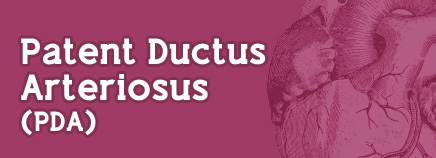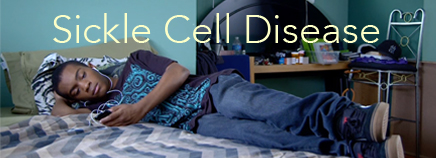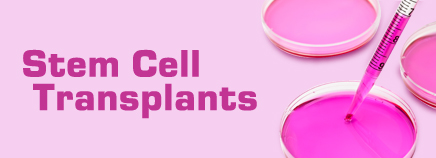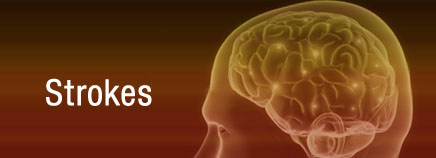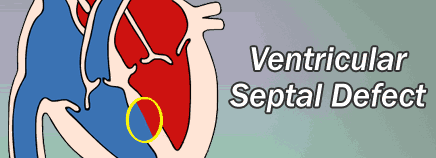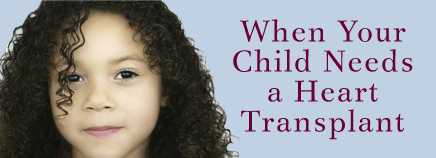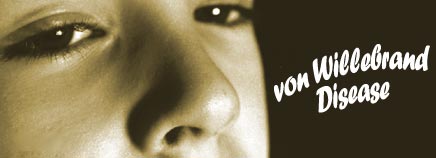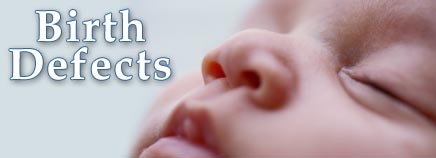The ductus arteriosus is a normal blood vessel that connects two major arteries — the aorta and the pulmonary artery — that carry blood away from the heart in a developing fetus. The lungs are not used while a fetus is in the womb because the baby gets oxygen directly …
Port-Wine Stains
About Port-Wine Stains A port-wine stain is a birthmark that literally looks like maroon wine was spilled or splashed on the skin. Though they often start out looking pink at birth, port-wine stains tend to become darker (usually reddish-purple or dark red) as kids grow. Port-wine stains (also known as …
Sickle Cell Disease
Usually, red blood cells (RBCs) are shaped like round discs. People who have sickle cell disease, though, have RBCs that are shaped like sickles, or crescent moons. This defect can cause painful episodes, serious infections, chronic anemia, and damage to body organs. These complications can vary from person to person …
Stem Cell Transplants
Stem cells are cells in the body that have the potential to turn into anything, such as a skin cell, a liver cell, a brain cell, or a blood cell. Stem cells that turn into blood cells are called hematopoietic (heh-mat-uh-poy-EH-tik) stem cells. These cells are capable of developing into the …
Strokes
Like most people, you probably think that strokes only happen in adults — especially older adults. But kids can have strokes, too. Although they’re less common in kids, strokes occur in children of all ages, even those who haven’t been born yet. About Strokes A stroke is a biological event …
Tetralogy of Fallot
Tetralogy of Fallot (fah-LO) is a combination of problems caused by a birth defect in the structure of the heart that changes the way blood flows through the heart. Each year, 4 out of every 10,000 babies born in the United States have the condition, which was named after the French doctor …
Ventricular Septal Defect
A ventricular septal defect (VSD) — sometimes referred to as a hole in the heart — is a type of congenital heart defect. In a VSD, there is an abnormal opening in the dividing wall between the main pumping chambers of the heart (the ventricles). VSDs are the most common …
When Your Child Needs a Heart Transplant
If your child needs a heart transplant, you’re probably feeling lots of emotions all at once — including anger, sadness, worry, and frustration. These feelings can become overwhelming, especially when your child is waiting for a new heart. Fortunately, many kids who undergo heart transplants go on to live normal, …
von Willebrand Disease
All parents deal with their child’s bruises and bloody noses from time to time. For most kids, a bandage and a sympathetic hug are all it takes to get them back in the game. But a small number of kids have frequent nosebleeds, unexplained bruising, or prolonged bleeding after a tooth …

